In 2016, the UK built 1.7 million cars. Last year, we built just 850,575. This slump in production means the UK has spare factory capacity to build another 750,000 cars at least, even despite losing Honda Swindon last year.
The entire automotive industry has had a rough couple of years, as the Covid pandemic was followed by a semiconductor shortage, and car makers will be hoping to put more cars down production lines - if not in 2022 then definitely in 2023.

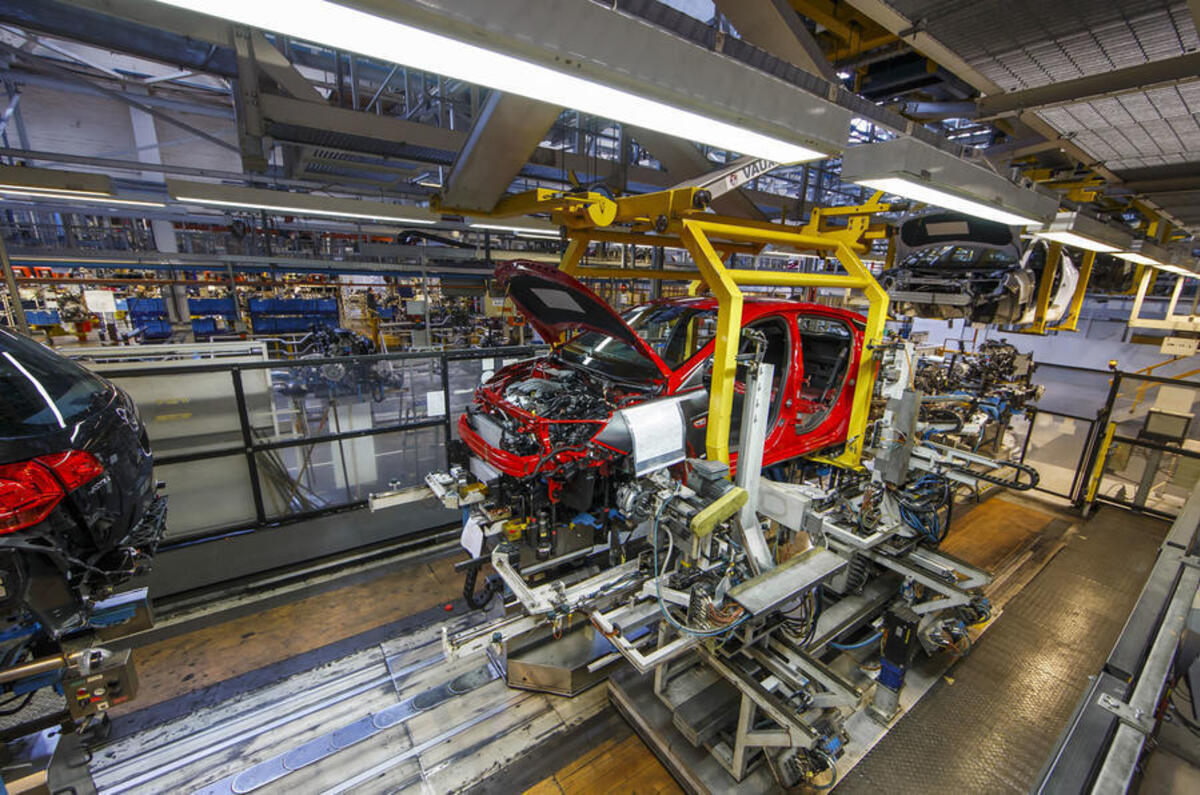
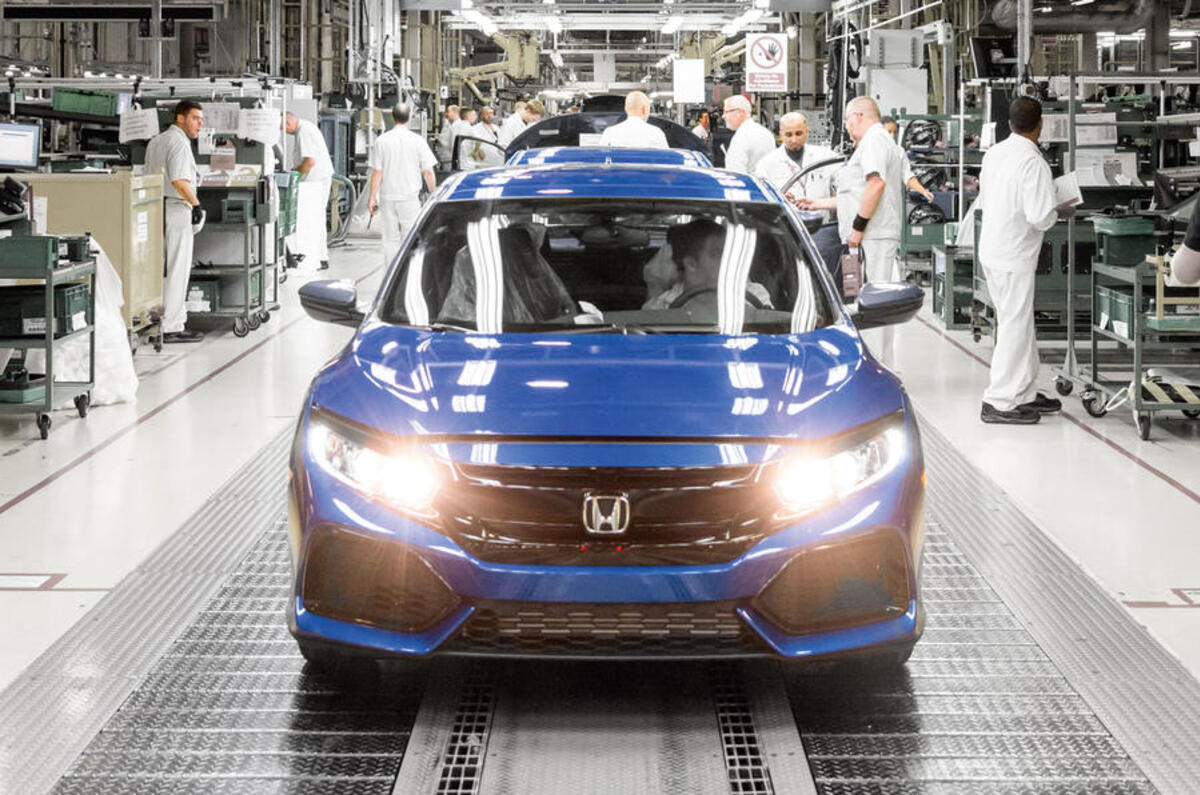
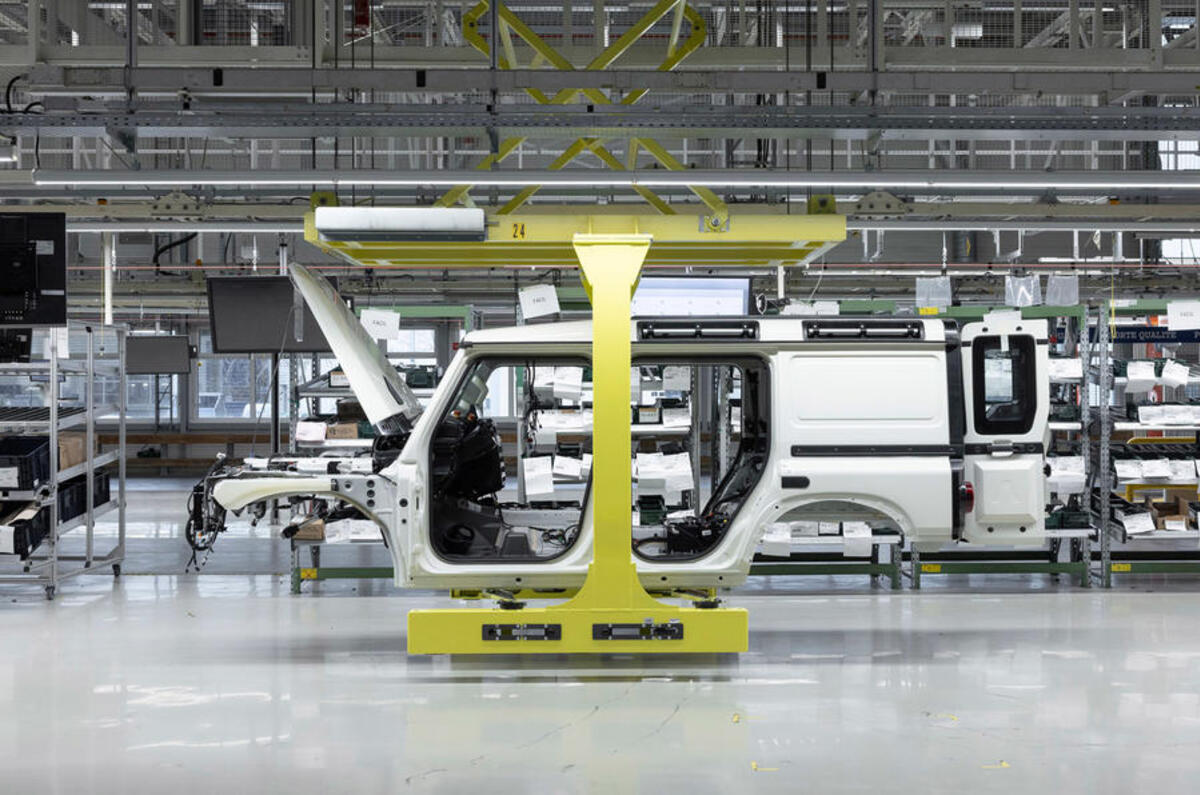
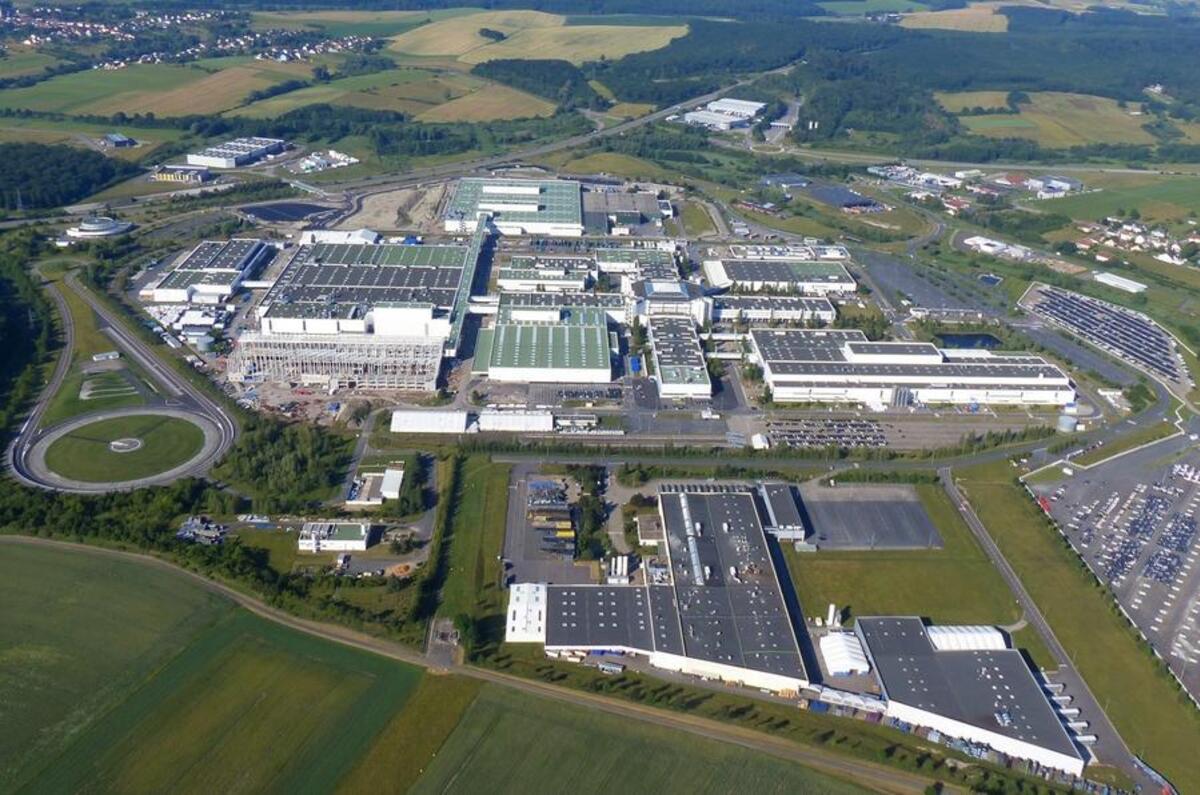
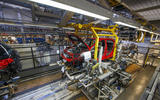

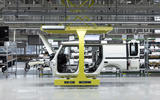



Join the debate
Add your comment
It's going to happen. With increasing market penetration from the likes of China and S Korea, against a backdrop of slowly falling overall demand for new vehicles amid rising costs and prices, many European car plants will either be reduced in size, shared between brands or just closed down for good.
Bimfam I fear you are right. Besides the competition from the Chinese and South Koreans the UK is not just geographically situated on the edge of Europe but now on the fringe of the supply chain. With batteries being heavy GIga Factories need to be integral or close to assembly plants. Manufacturing at Sunderland looks safe as Nissan has no other production facilities in Europe and CATL’s battery plant Is alongside. Toyota’s Derby and Burnaston plants must be vulnerable beyond the current generation of Corolla especially as the C Class hatchback sector is diminishing and the Corolla Cross Crossover is not going to be assembled at Derby. BMW Plant Oxford looks to be at risk beyond the life of the next ICE MINI hatch - which will be built on a update of the current FAAR platform with the all new Electric MINI production moving to China. Oxford’s savour might be its productivity (despite age of the plant) and with BMW having good sales in the UK it helps them to remove currency exchange fluctuations by manufacturing in countries where they are also exporting to.
I think the nail in the UK car industry coffin was Tesla deciding after Brexit to build their European Plant in Germany.